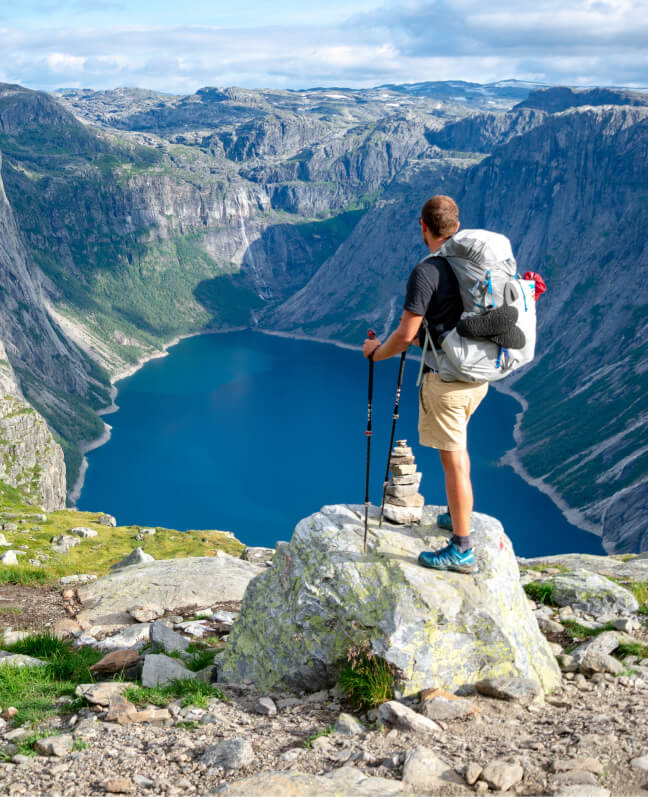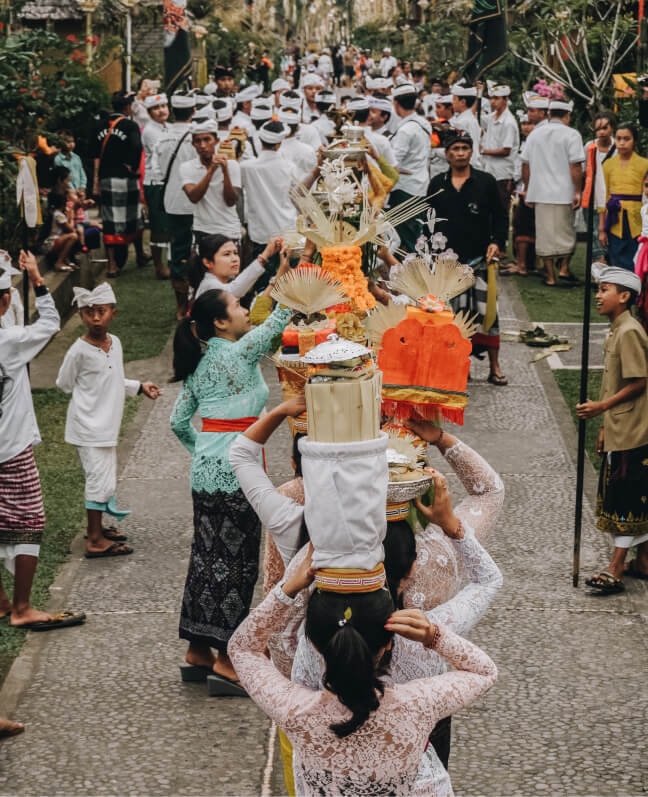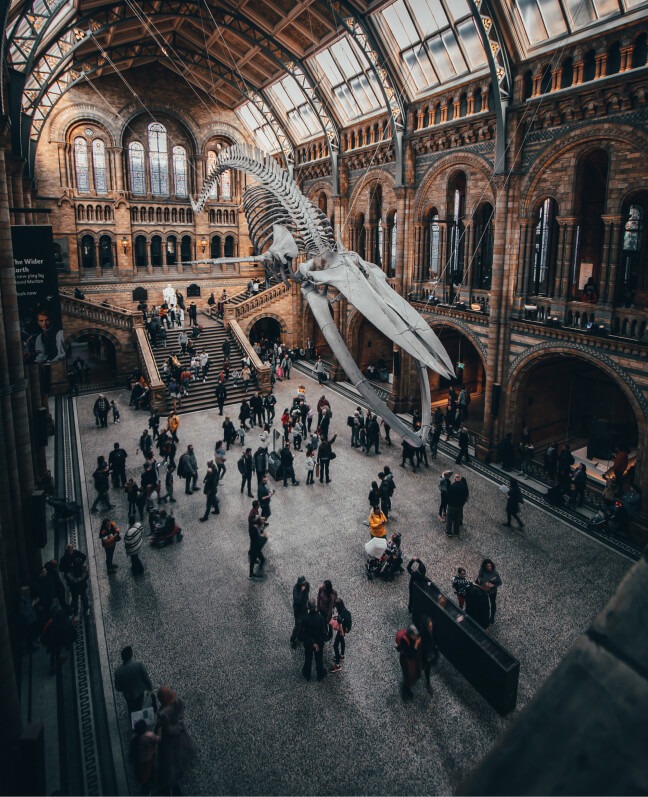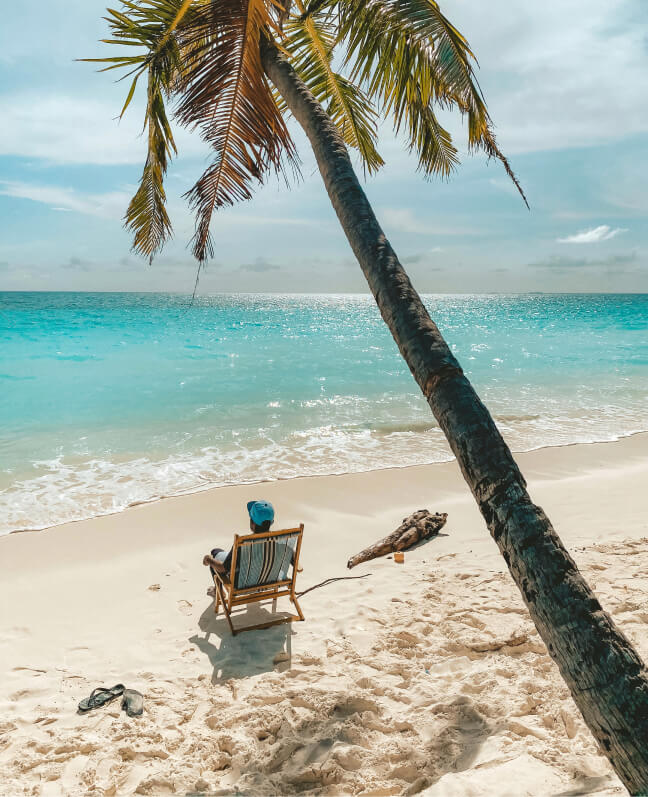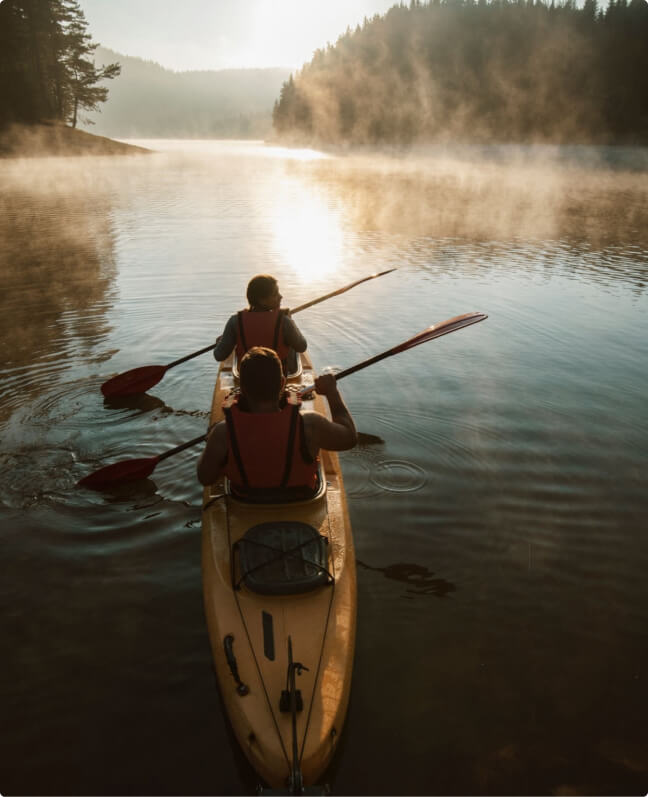Welcome To Seychelles
Seychelles, why iis it a leading tourist destination? There are many beautiful places in the world, but none have as much going for them as the Seychelles.
It is one such tourist destination that can help us rejuvenate from the hustle-bustle of our city life. The country is a great destination to plan your honeymoon, family outing, or trip with friends.
Blessed with year-round warm tropical weather, one can visit here at any time during the year.&
Her warm waters tempt scuba divers, where vast whale sharks and manta rays glide. And in the shallows, thriving reef beds and long sea grasses make for fantastic snorkelling along the varied, shipwreck-laden seascapes of Mahé’s north coast.
As the primary draw for travellers, first time visitors will soon realise after a stroll along the powder-like stretch of La Digue’s Grand Anse, that the hype is more than justified.
A favourable oceanic climate prevails as the archipelago sits on the calm waters outside the Indian Ocean’s cyclone belt, with the southeast trade winds that have long bought visitors to these distant shores soothing the tropical humidity.
The top tourist attractions in Seychelles
The most beautiful beaches in the world
The beauty of the Seychellois beaches is beyond words and is unmatched anywhere else in the world. With their icing-sugar shores and glass-like water, reputation precedes the Seychelle’s beaches.
We all have a different idea of the perfect beach, but on Seychelles, you’re not likely to be caught short without somewhere to stretch out and catch some rays.
Each island of the Seychelles is surrounded by a stunning coastal landscape consisting of warm, turquoise water, exquisite ribbons of powdery-fine white sand, and palm trees as far as the eye can see!
Often, you’ll find yourself just a short distance from the closest beach so you’re sure to never get bored, as each beach and bay will enchant you with its unique features.
From imposing boulders to secluded natural beach spots where you will feel like you’re on a desert island, the variety of unique beaches on offer here gives any tourist plenty of options with vast experience opportunities.
Unique Islands
Seychelles archipelago is one of the most amazing and beautiful island paradises in the world but with 115 islands and amazing coral atolls, it’s a tough task narrowing down the best Seychelles islands to visit.
While some islands of the Seychelles will bring you face to face with other tourists, others are almost completely deserted and offer peace, quiet, and pure seclusion.
Island-hopping is the best way to get to know all of the different sides of the Seychelles. Every island, whether large or small, brings the full variety of the Seychelles to the forefront.
And thanks to the various tours that are on offer on every island, the Seychelles are a unique and varied holiday destination.
Out of the so many islands, only a few are open to tourists and inhabitable. Mahe is the main and the largest island in Seychelles. It is home to Victoria, the capital of Seychelles and the International airport, making it the starting part of all trips to Seychelles.
Praslin is the second-largest and second most popular island of Seychelles. It has the world’s most white and thinnest sand beaches and is more laid back than Mahe.
Spectacular Nature and impressive animal species
An island nation at the heart of the Indian Ocean, the Seychelles sit about 1,000 miles off the East African coast with over half of the surface area covered by marine and wildlife reserves.
This includes the UNESCO-protected Aldabra Island where astonishing numbers of giant tortoises roam freely – just one of the many examples of the harmony that can exist between tourism and conservation.
Although one of the world’s smallest countries, the Seychelles are an ecological delight with diverse terrain ranging from high-altitude tropical forests, dotted with hiking trails to thriving coastal mangroves.
The verdant rainforest disguises tiny tree frogs and tiger chameleons whilst native Sunbirds and Paradise Flycatchers dwell in the treetops above.
And with the abundant exotic plant species, including the government-protected coco de mer – a fruit treasured by Asian cultures as a natural aphrodisiac and retainer of mystical properties, Seychelles’ varied plant life is a joy for botanists.
The majestic vegetation of the Seychelles can be found on the country’s beaches and in its nature parks, as well as the tropical gardens that many accommodations offer.
The lush, deep-green plant world of the Seychelles will make you feel as if you are in a whole new world, with huge trees, exotic flowers and bushes, and a wide range of tropical fruits are just waiting to be discovered.
Almost nowhere else in the world protects such a unique range of species so strictly. Above all, the Seychelles are even to this day home to the Coco de Mer palm tree.
Beautiful climate throughout the year
Seychelles are the perfect destination all year-round. Whether you travel in January or July, the temperature in the Seychelles almost never drops below 26°C.
Unlike other tropical islands, there is no rainy season, so the stunning beaches here are the ideal place to get away from it all, especially during the European winter season. Good weather in the Seychelles is pretty much guaranteed!
Stress and unrest are not words that apply to the Seychelles as the relaxed pace of life under the tropical sun is the perfect antidote.
While here, you’re made to forget the stress of daily life and focus on relaxing and enjoying your holiday in paradise to its fullest extent.
Different Kinds of Accommodation
From elegant hotels, comfortable apartments, luxurious resorts and to authentic guesthouses, the Seychelles offer something for every taste and every budget.
For those that prefer to spend a relaxing holiday in a luxury hotel, right by the white sandy beach, at traditional guesthouses where you can experience the lifestyle of the Seychellois a little closer, to spend the holiday at the beach, or even in a tropical oasis, there’s an experience for all.
During an island hoping holiday, one can even choose to experience all of them by staying in all kinds of accommodations. This helps a visitor to know the different sides of the Seychelles. We will gladly help you find the perfect accommodation for you!
The Seychelles are a top tourism destination for any kind of relaxation holiday and we totally recommend it.
Geography of the Seychelles
Imagine a world of 115 stunning and unspoiled islands lying 1,000km from the east coast of Africa in the western Indian Ocean, just south of the Equator.
Paradise islands with over 60 beautiful beaches of white sand and hidden coves, a densely forested interior and small towns with a unique Creole culture; welcome to the Seychelles.
The Seychelles Archipelago of 115 islands and islets comprises two groups of islands, markedly different appearance, stemming from their distinct geologies: the Inner Islands of granitic origin and the Outer Islands of coraline origin.
They rise only a few metres above sea level but are covered with rich and dense vegetation
The Inner Islands are granite islands with a lush green, tropical vegetation is where the vast majority of the population lives. The Inner Islands are also home to the largest number of hotels and resorts.
The main Inner Islands are: Mahé, Praslin, La Digue, Bird Island, Cerf, Chauve Souris, Cousine, Denis Island, Frégate, North Island, Round Island (Praslin), Silhouette and Ste. Anne.
The Outer Islands are coralline and rise only a few metres above sea level but are covered with rich and dense vegetation. They are more difficult to reach due to their remoteness; travel is via private yacht or small local planes.
The Outer Islands are divided into five groups: the Amirantes group, the Southern Coral Group, Alphonse Group, Farquhar Group and the Aldabra Group.
The Seychelles are home to two UNESCO World Heritage Sites: the legendary Vallée de Mai on Praslin where the wonderfully shaped Coco de Mer nut grows (Lodoicea).
The latter is subject of various legends and lore and the mythical Aldabra, the world’s largest raised coral atoll, first seen by early Arab seafarers of the 9th century A.D.
Brief history of the Seychelles
The Seychelles history as an inhabited land is rather short—French spice planters, together with their slaves, began settling in 1770, though there’s a firm local belief that Arab traders used the islands centuries before the French laid ownership in 1756.
Arab navigators and other sailors doubtless knew of Seychelles for many centuries. However, the recorded history of Seychelles dates back to the fourth of the Portuguese India Armadas led by Vasco da Gama.
On 15 March 1503, the scrivener Thomé Lopes noted the sighting of an elevated island, doubtless one the granitic islands and almost certainly Silhouette Island.
The first recorded landing was by the men of the English East India Company ship Ascension, which arrived in Seychelles in January 1609.
The islands were claimed by France in 1756. Seychelles remained uninhabited until the first settlers arrived on board the ship Thélemaque, which arrived on 27 August 1770.
Captain Leblanc Lecore landed the first colonists, comprising 15 white men, eight Africans and five Indians.
The Seychellois Creole language developed as a means of communication between the different races. The British frigate Orpheus commanded by Captain Henry Newcome arrived at Mahé on 16 May 1794.
Terms of capitulation were drawn up and the next day Seychelles was surrendered to Britain. Following the fall of Mauritius to British forces, Captain Phillip Beaver of the Nisus arrived at Mahé on 23 April 1811 and took possession of Seychelles as a permanent colony of Britain.
After the Napoleonic Wars of the early 19th century, the Seychelles became part of the British Empire, first as a colony administered as a dependency of Mauritius then, in 1903, as a separate Crown Colony. The Seychelles became an independent republic in 1976.
Following independence, the country became an unlikely player in the Cold War. In 1977, the jet-setting, capitalist president was ousted by a socialist named Albert Rene, who became a client of more powerful Communist regimes.
After rejecting a tourist-based economy for many years, he came to embrace it. In April 2004, Rene finally turned over power to his former vice president, James Alix Michel, but continued as head of the ruling Seychelles People’s Progressive Front.
In December 2004, three of the country’s islands were hit with tidal waves that were part of the tsunamis that struck Southeast Asia. There was widespread property damage in the capital, Victoria, and on the island of Mahe.
Outer Islands
Mahé Island the Capital city Victoria and Morne Seychellois
Picture a huge granite mountain—its colors ranging from pure white to pitch black—rising nearly straight up from the sea: That’s Mahé.
Dotted with palm and other green trees and surrounded by more than 60 white-sand beaches, Mahé is the largest, most populated island in the chain and the group’s economic and political center.
Mahé is the largest island (157.3 km²) of Seychelles, with the capital city Victoria and 86% of the country’s total population live on the island. The island was named after Bertrand-François Mahé de La Bourdonnais, a French governor of Isle de France (modern-day Mauritius).
The country’s only town, Victoria, is one of the world’s smallest capitals. A miniature clocktower marks the town center. an open-air market, a cathedral, a colorful Hindu temple, several art galleries and a botanical garden.
Victoria has a suitably quiet, lazy atmosphere. The cathedral clock chimes twice each hour—once on the hour and then again five minutes later for anyone who missed it the first time.
Mahé has more beaches, more hotels and more tourist facilities than any other island in the Seychelles. The hotels are located throughout Mahé, but our favorites are on the beach of Beau Vallon.
If you’re looking for a truly great beach, go to Anse Intendance on the southern end of the island. Grand’Anse beach is excellent for body surfing, with its waves of 6 ft/2 m (do, however, watch out for strong currents there).
Nearby Morne Seychellois National Park, home to the country’s highest peaks, provides beautiful scenery and good hiking.
Snorkeling is very good right at the beach hotels, but we think some of the best snorkeling is at Port Launay Marine National Park, off the island’s western coast.
Divers and snorkelers will want to visit Ste. Anne Marine National Park, in the harbor off Victoria, which offers splendid views of coral and sealife—100 species of coral and 900 species of fish live in the waters surrounding the islands.
Tour boats running out of the harbor usually include snorkel time, a ride in a glass-hulled (not glass-bottomed) boat and a visit to a private island for lunch—all in all, a very pleasant day.
The main islands making up the park are Ste. Anne, Cerf, Long Island, Round Island and Moyenne Island. Ste. Anne was where the first settlers in the Seychelles lived. It has been a whaling station and a World War II gun battery, and is an important nesting site for the endangered hawksbill turtle.
Other island activities include great hikes on organized trails and excellent deep-sea fishing (wahoo, dogtooth tuna, marlin, bonito and others).
Anse aux Pins (just south of the airport) has a nine-hole golf course, and several hotels offer tennis. There are casinos at Berjaya Beau Vallon Bay Resort (at Beau Vallon) and the Plantation Club (at Baie Lazare).
Praslin Island – Coco de Mer and Vallée de Mai
Praslin Island is located 44 km (27 miles) North East of Mahé. It is the second largest island in the Seychelles, after Mahe, and was often used historically as a hideaway for pirates and Arab merchants.
As well as the pristine and beautiful beaches Praslin also boasts large tracts of tropical forest, with birds such as the endemis Seychelles bulbul and Seychelles black parrot.
The Vallee de Mai Nature Preserve is known for the unique coco de mer and vanilla orchids. Praslin is surrounded by Curieuse Island, La Digue, Cousin Island and Aride Island.
The main attraction on Praslin is the Vallée de Mai, a UNESCO World Heritage Site that’s home to the endemic “coco de mer” palms that produce the world’s largest nuts, they can weigh as much as 40 lb/18 kg.
The nuts got their name, meaning sea coconut, hundreds of years ago when they washed up on the shores of Africa and Asia.
When its outer shell is removed, the nut looks amazingly like a woman’s pelvis, both fore and aft, which explains the nut’s status as a collector’s item. (The “male” part of the tree looks appropriately male).
Praslin is also home to some of the world’s rarest birds, such as the black parrot, fruit pigeon and Seychelles bulbul.
Take the self-guided walking trail to tour the Vallee de Mai (in the south-central part of the island), allowing at least two hours for the stroll (it can take a full half-day if you walk every trail).
The island’s best beach, exquisite Anse Lazio, is picture-perfect—worth the hilly walk to reach it. Cruise ships can dock at Praslin but so far have not managed to spoil the island’s tranquil charm.
There is a casino in Côte d’Or, however. Although there’s a good selection of small hotels, guesthouses and self-catering apartments on Praslin, luxury
hotels have opened, including one built around an 18-hole Marc Farry golf course.
The airport at Amitié has been rebuilt in Creole style with palms, sculptures and water features.
A fast catamaran service keeps the journey time from Mahe to approximately one hour. A regular schooner service plies to La Digue.
The people on Praslin are exceptionally friendly, and the slow pace of life is very appealing. We suggest a stay of at least three nights.
Climate and Weather in the Seychelles
The Seychelles, located outside the cyclone belt, enjoy tropical, warm climate all year round without extremes of heat or cold. Refreshing sea breezes and trade winds provides plenty of natural cool air year round.
The average yearly temperature is an agreeable 29°C (84°F), and average sea temperature rarely dropping below 27°C (81°F).
The cooler season in Seychelles is during the southeast monsoon season (May to September) and the warmer season is during the northwest monsoon (November to March). April and October are between the monsoons, with variable winds.
Health Advice for the Seychelles
It is advisable for visitors to Seychelles to obtain travel health insurance, as medical care is expensive.
It is also advisable for visitors to bring their own supplies of any prescription medication they may need, as well as basic supplies such as aspirin or contact-lens solution.
Tap water is fine to drink on the main islands, but it is fairly chlorinated. Bottled water is widely available.
Seychelles is virtually free of tropical diseases. Proof of vaccination against yellow fever is required for persons traveling from an infected area, such as sub-Saharan Africa.
Malaria is not a problem, but because mosquitoes and sandflies are an irritating nuisance and can cause an allergic reaction in some people, it’s a good idea to take along plenty of insect repellent.
An outbreak of the mosquito-borne Chikungunya virus (for which there is no known treatment) in early 2006 makes the avoidance of mosquito bites particularly advisable. The sun can be very strong, so use sunscreen liberally and wear a hat. Don’t forget to take along a pair of comfortable walking shoes.

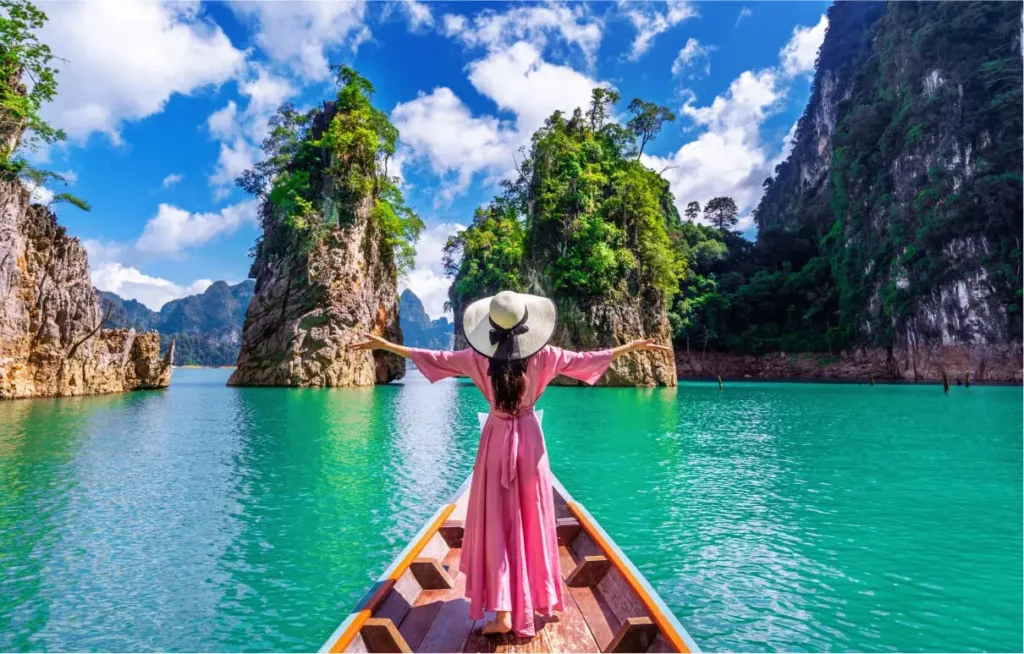



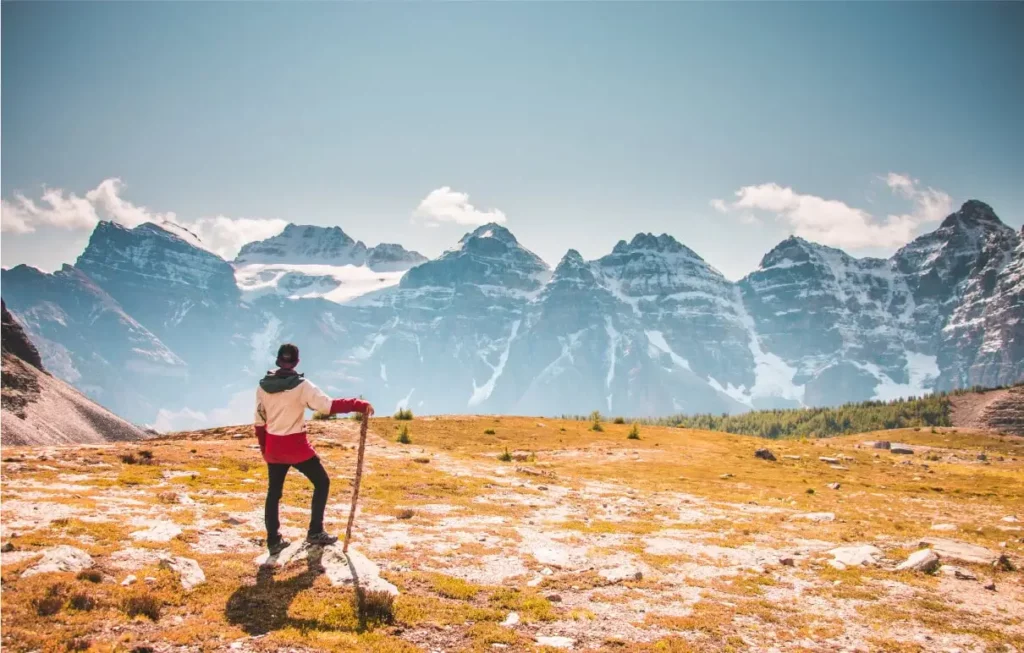
Heaven On Earth
Irresistible island escapes and some of the best beaches in the world combine with extraordinary natural beauty on a holiday to the Seychelles.
With its dazzling white shorelines and hypnotic coral reefs, the Seychelles is a picture-perfect collection of tiny islands that are home to some of the most beautiful beaches and exclusive hotels in the world.
From the rare coco de mer tree and its towering granite rocks to the giant tortoises, world-famous beaches and exotic jungle-clad interiors, this sun-drenched treasure in the Indian Ocean will leave you stunned at its outstanding natural beauty.
- Exploring ancient ruins, historical landmar.
- Immersive cultural experiences, local.
- Hiking, trekking, extreme sports, and out.
- A romantic destination like Paris, Venice.
- Kid-friendly activities, theme parks family.
- Premium accommodations, gourmet.




